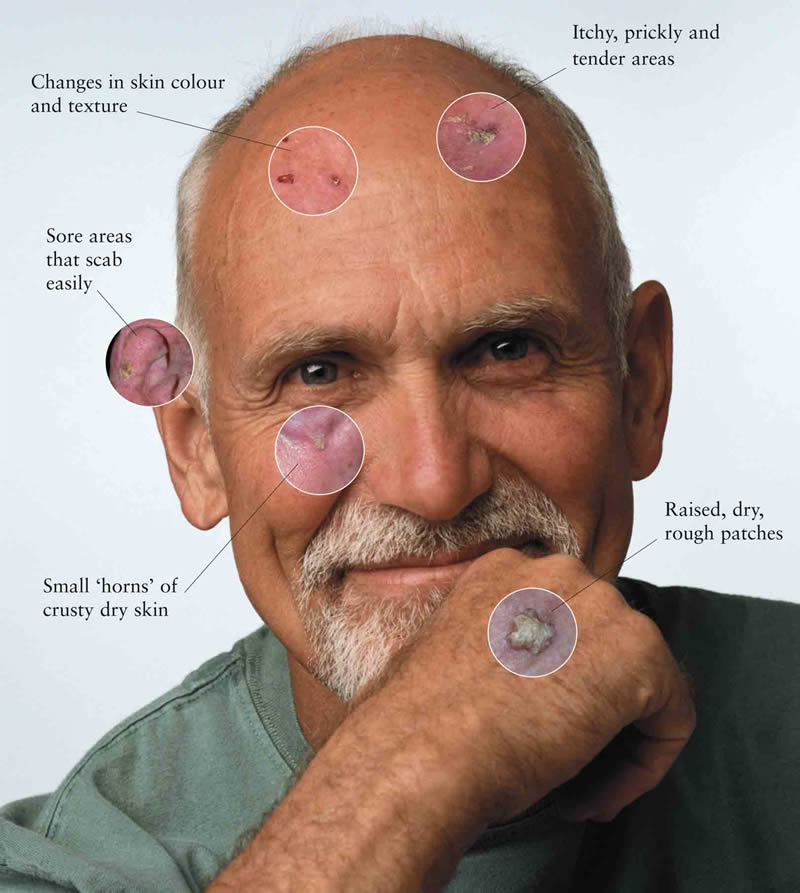Sun and Heat Exposure - July 2019
- Sun Exposure
- Safety Alert
Sun Exposure
- Cover up: When you are out in the sun, wear clothing and a wide-brimmed hat to protect as much skin as possible. Protect your eyes with sunglasses that block at least 99% of UV light.
- Use a broad-spectrum sunscreen with an SPF of at least 30: Reapply at least every 2 hours, as well as after swimming or sweating.
- Seek shade: Limit your direct exposure to the sun, especially between 10 a.m. and 4 p.m., when UV rays are strongest.
- Avoid tanning beds and sunlamps: Both can cause serious long-term skin damage and contribute to skin cancer.
Heat Stress
When you are exposed to extreme heat or you are in a hot environment for prolonged periods of time you may be a risk for heat stress. Heat stress can result in heat cramps and rashes, or even heat exhaustion or heat stroke.
Read more information related to the Heat Stress (PDF).
Water Dehydration, Heat Exhaustion, And Heat Stroke
- ~Do you think you know all the facts?
- ~Know the symptoms and ways of Prevention……
View the Water Dehydration, Heat Exhaustion, And Heat Stroke (PDF) Brochure.
Understanding UV
The Ultraviolet (UV) Index predicts the ultraviolet radiation levels on a 1-11+ scale. The UV Index provides a daily forecast of the expected intensity of UV radiation from the sun. To assist users in utilizing the UV Index forecast, EPA provides two options for viewing this information with your mobile device.
Download the EPA's SunWise UV Index App
Safety Alert
Overexposure to high temperatures and humidity can quickly lead to heat exhaustion. It is imperative one be able to recognize the early signs and symptoms of overexposure. Early recognition can ward off serious consequences. Generally, heat exhaustion is caused by loss of body fluids and important salts. If untreated, heat exhaustion can lead to heat stroke. Heat stroke is a medical emergency caused by failure of the heat-regulating mechanism of the body, due to high heat and humidity.
By taking some pre-cautionary steps and being aware of any signs or symptoms of heat exhaustion/stroke we may prevent conditions of concern: 1. All worksites should have water available. 2. All worksites should have sunscreen readily available. 3. Practice the buddy system of watching out for each other. 4. Encourage rest breaks and use common sense when it comes to the weather conditions. 5. If the outside work environment is extremely hot, work can still be accomplished by performing less strenuous activities that will not overheat the body. 6. Dress appropriately- light colors, long sleeves, light material. 7. Always have proper PPE on for the work situation.
| Condition | Symptoms | Mental Status | Core Temperature | Treatment |
|---|---|---|---|---|
| Heat Exhaustion (excessive water loss) | -headache, nausea, fatigue, dizziness or light-headedness, actively sweating, skin cool and pale | -usually conscious, may faint | -over 102 | -shady place or AC room, keep cool, increase fluids, cold wet towels, fan, may require IV fluids |
| Heat Stroke (failure of bodies heat controlling mechanisms-EMERGENCY!!!! Can set in in less than one hour! | -headache, flushed skin, dry skin, warm skin, rapid, pounding pulse | -incoherent speech, disoriented, confused, aggressive, possibly unconscious | -over 105 | -immediate action necessary, shady place or AC room, remove most of clothes, apply cool, wet towels, fan to increase air flow, transport to ER |
| Heat Cramps (Muscle contractions in calves and hamstrings) | -feels like a severe muscle pull, forceful and painful, not life threatening, associated with lack of fluids, high temps and lack of physical conditioning | -mental status usually fine | -watch for elevated temp as this condition could lead to the others listed | -water, cool air, rest |

